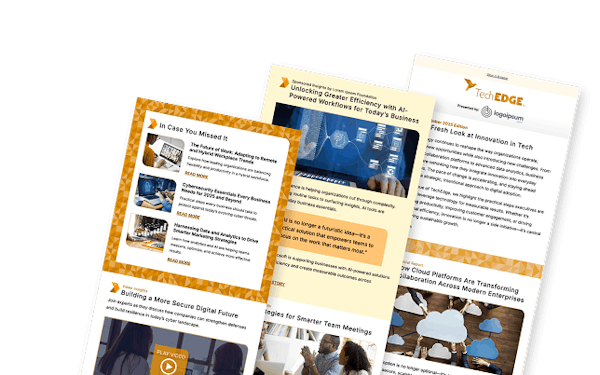How to Build Resilient Talent Pipelines for the Artificial Intelligence Era
Key Highlights
- For CIOs, CTOs, plant leads, and IT/automation managers, the gap between capability and human capacity threatens ROI, adoption speed, and resilience.
- Workforce planning must become as strategic as infrastructure planning
- Skills mismatch, not just shortage, is the real obstacle to technology adoption.
- Micro-credentials, internships, and certifications offer a stronger ROI than degree hunting.
- Retention and culture must match recruitment in talent strategy.
As artificial intelligence (AI), robotics, and additive manufacturing are reshaping production, leaders in technology and operations must confront a stale paradox: You can have world-class machines but not a ready workforce to run them. For CIOs, CTOs, plant leads, and IT/automation managers, the gap between capability and human capacity threatens return on investment (ROI), adoption speed, and resilience.
This means workforce planning must become as strategic as infrastructure planning—covering not just hiring but continuous learning, retention, inclusion, and institutional collaboration.
Strategic investment in micro-credentials, flexible curricula, mentorship programs, and cross-sector partnerships can help manufacturing catch up. But these moves demand organizational commitment and timely execution. Below is an excerpt from an IndustryWeek piece that illustrates the urgency and practical levers at play.
As reported by Noel H. Nevshehir in “Manufacturing Day 2025: Building a Skilled, Resilient, Future-Ready Workforce” on IndustryWeek:
“The U.S. economy is undergoing a fundamental shift. As Industry 4.0 advances, driven by artificial intelligence, advanced robotics and additive manufacturing, our nation faces a critical question: Do we have the workforce to compete and lead in this new era?
Recent global education benchmarks raise concerns, ranking American students in the middle of the pack in math and science despite high per-pupil spending. But the challenge before us is not insurmountable. In fact, it presents a moment of opportunity.
At Automation Alley, a Michigan-based nonprofit center working with manufacturers on digital transformation, we chose to confront this challenge directly with our 'Future-Ready Workforce' playbook, an actionable guide that has been viewed more than 100,000 times. This overwhelming response shows that business leaders, educators and policymakers are hungry for practical solutions. Rather than lament gaps in our education or labor systems, we must focus on building a workforce that is skilled, resilient and future-ready.
With more than 438,000 open manufacturing jobs as of July according the U.S. Bureau of Labor Statistics and high turnover, keeping skilled workers is just as important as finding them. Workplace culture is critical. The most successful organizations are those that invest in learning cultures, provide opportunities to advance and create spaces where employees can grow alongside technology.
Mentorship programs, on-the-job training and employee engagement efforts are not extras; they are essentials. In an age of automation, human creativity and collaboration remain our greatest assets.”
Continue reading “Manufacturing Day 2025: Building a Skilled, Resilient, Future-Ready Workforce” by Noel H. Nevshehir on IndustryWeek.
Why It Matters to You
For CIOs, CTOs, automation leads, and operations heads, the promise of AI, robotics, and smart manufacturing hinges on having human talent ready to deploy and maintain those systems. Without a resilient, skilled workforce, even the best technology investments may stall or underperform.
This article highlights how forward-looking manufacturing organizations are reengineering talent pipelines through micro-credentialing, inclusion strategies, continuous learning cultures, and cross-sector collaboration. These are directly relevant to professionals in other industries who must align human capacity with technological ambition, ensuring that data platforms, AI systems, and automation don’t outpace the people who power them.
Next Steps
- CTO/CIO: Audit your current and projected tech roadmap; map required skills and gaps.
- HR/Talent Lead: Pilot a micro-credential or internship/co-op program tied to your tech stack.
- Learning & Development/Training Teams: Partner with community colleges, bootcamps, or vendors to codesign curricula.
- Diversity & Inclusion Lead: Expand recruiting to underrepresented groups and immigrant communities.
- Plant/Operations Manager: Track retention metrics, create mentorship paths, and invest in learning culture.
Quiz
Stay ahead of the curve with weekly insights into emerging technologies, cybersecurity, and digital transformation. TechEDGE brings you expert perspectives, real-world applications, and the innovations driving tomorrow’s breakthroughs, so you’re always equipped to lead the next wave of change.

